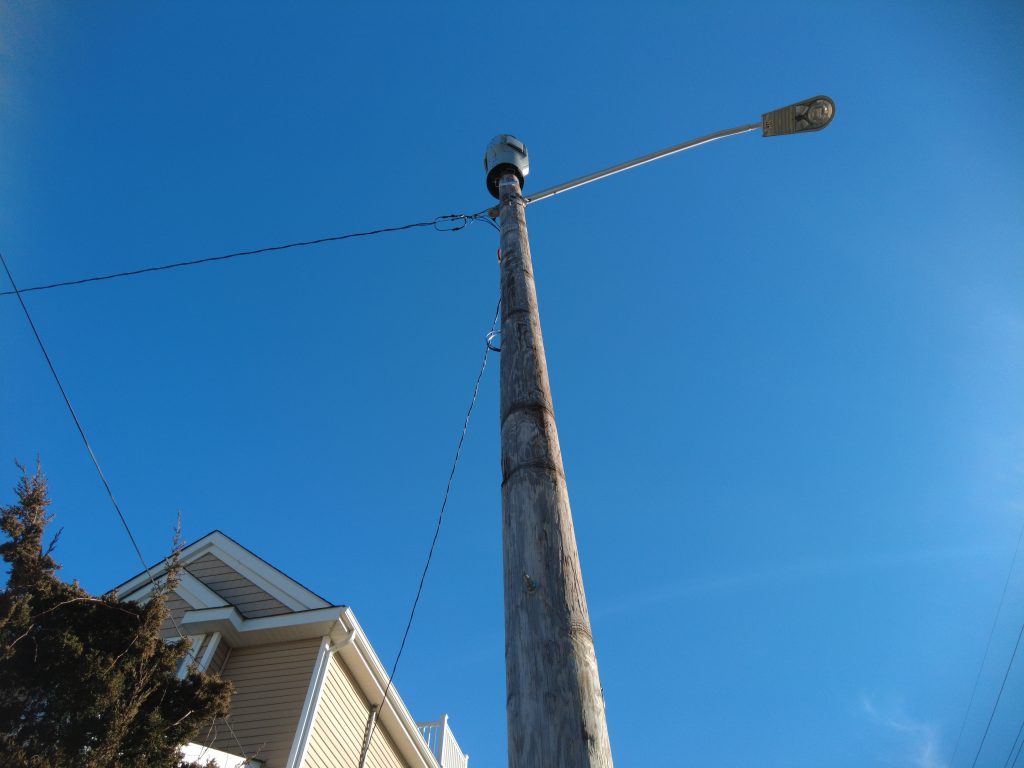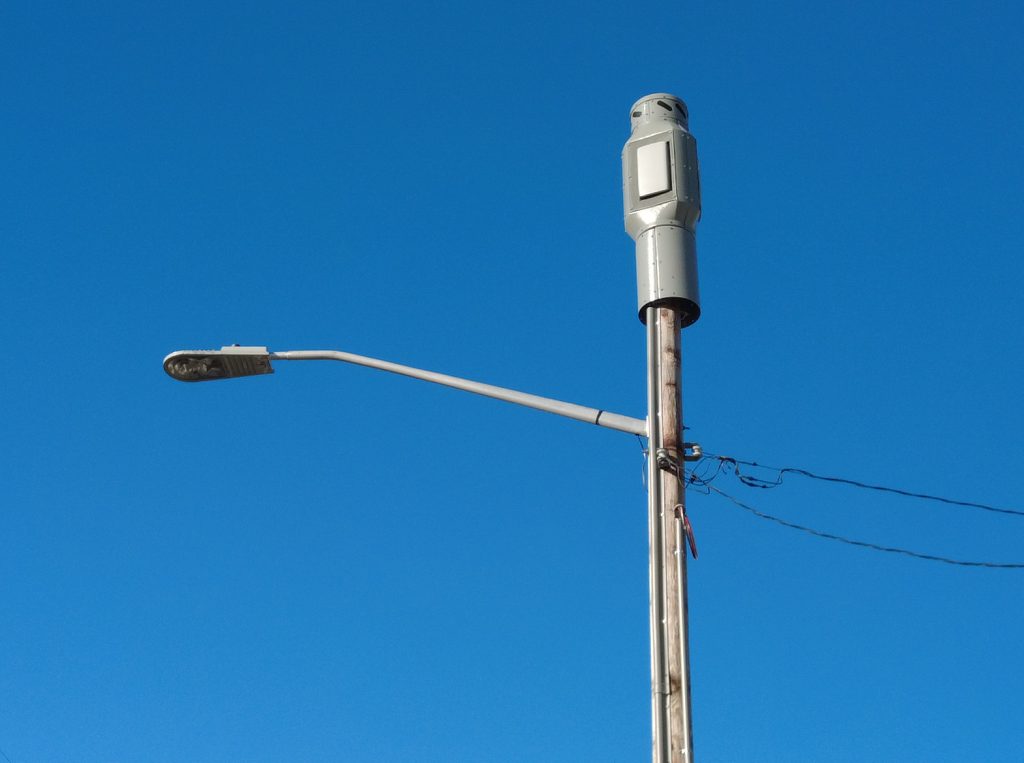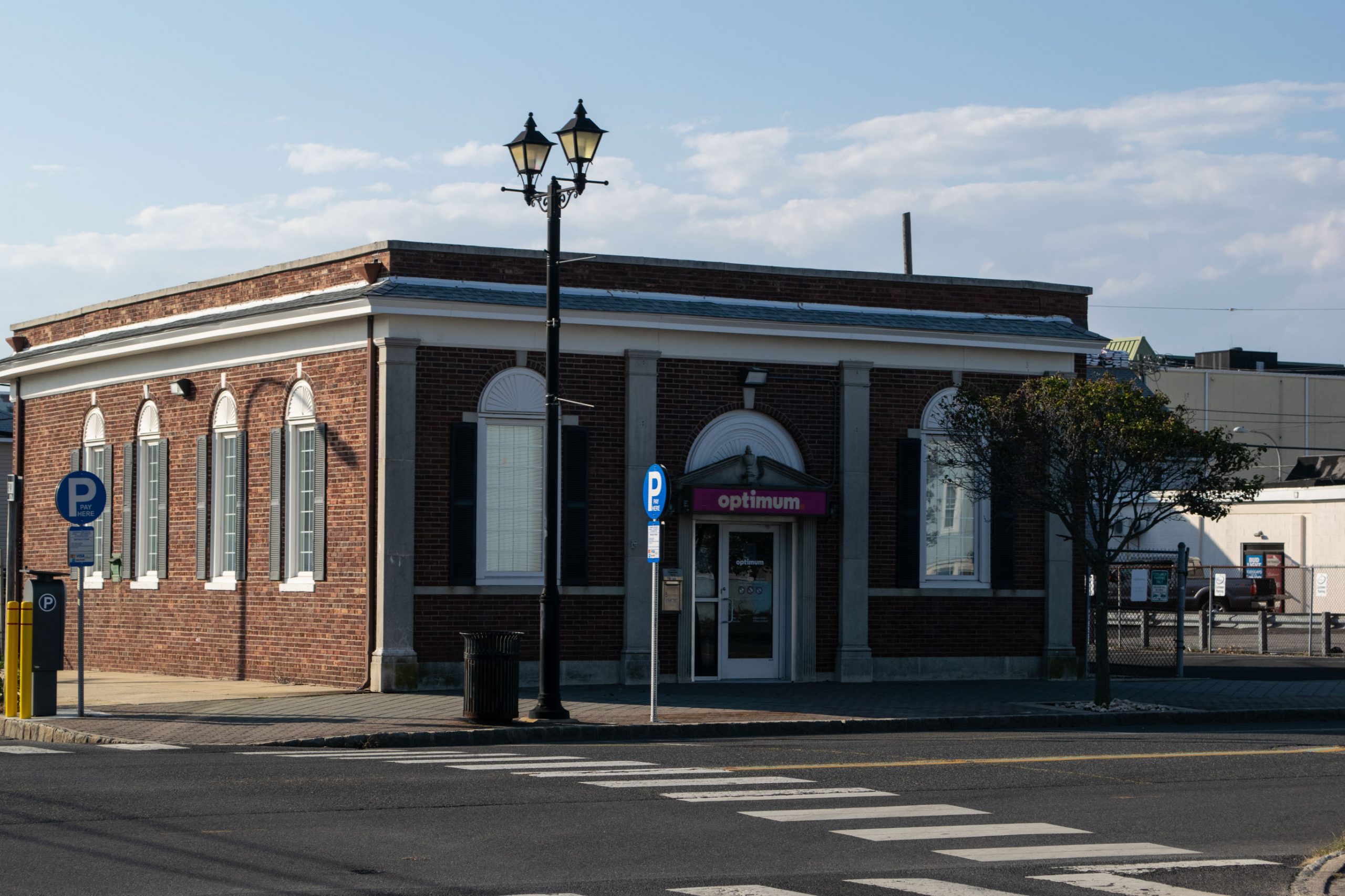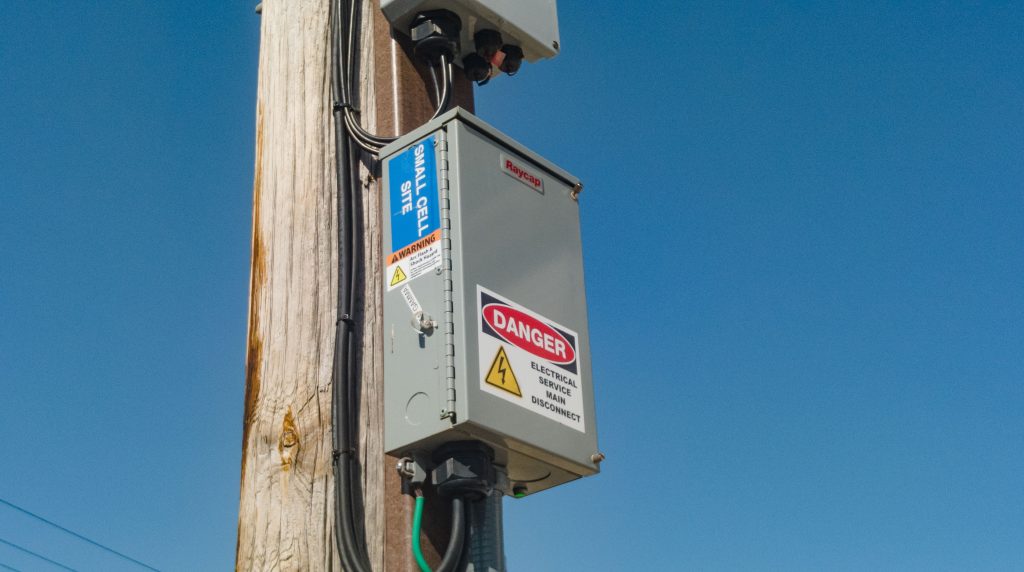
A small 5G wireless facility on top of an existing timber pole, Lavallette, N.J., May 2023. (Photo: Shorebeat)
An anticipated court federal court face-off between Verizon and Lavallette’s municipal government over the borough’s denial of six additional “small cell” 5G antenna arrays will be a long slog that has the potential of being decided by a jury, court records said.
Verizon filed suit against the borough Dec. 13, the final day it was eligible to do so, alleging the borough violated the Telecommunications Act of 1996 when it turned down the wireless provider’s request to add an additional tranche of pole-mounted 4G and 5G antennas at various addresses town-wide. The so-called “small cell” nodes are located on top of existing utility poles, and in some cases Verizon had proposed installing new poles where equipment would be hung in order to close gaps in the network’s data and voice coverage due to the company’s woes over frequency spectrum.
Tuesday night, the borough attorney, William Burns, told council members that a hearing before a federal magistrate judge has been scheduled for next week, and in the mean time, the two parties have agreed to a joint plan to manage discovery in the case.
“From there, I don’t see anything happening with this for several months,” Burns said.
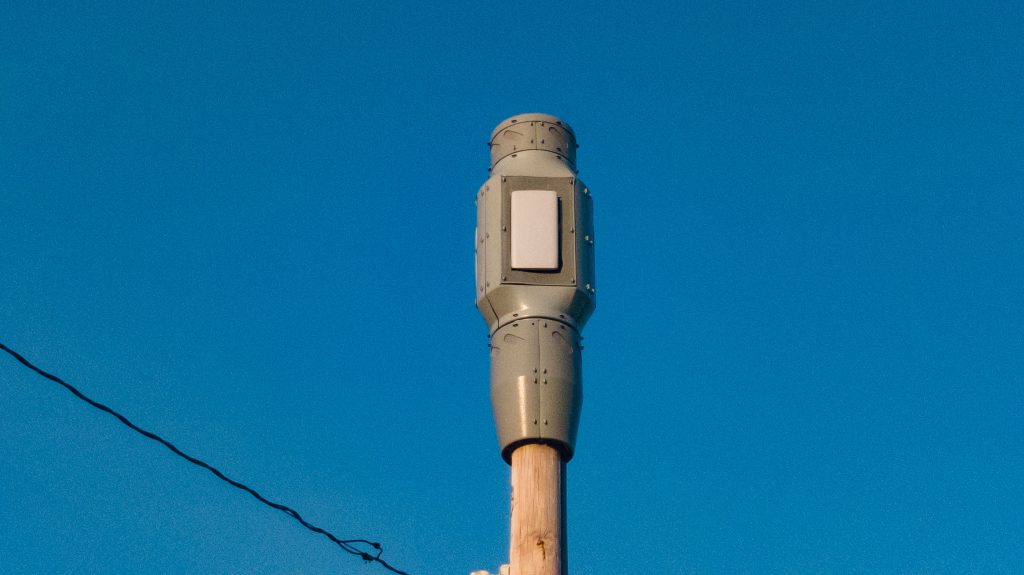
A small 5G wireless facility on top of an existing timber pole, Lavallette, N.J., May 2023. (Photo: Shorebeat)
In an answer to Verizon’s 50-page complaint against Lavallette, embedded below, the borough said it wished to reserve the right to try the case before a jury, which would mark a rare instance in which federal telecommunications law would be decided in that manner. The borough also held that it would reserve its right to move for a dismissal of the suit, though that seems unlikely.
In November 2023, the borough council spent the bulk of a nearly five hour-long meeting debating whether to acquiesce to Verizon’s request to place ever more small cell nodes across town, in what many elected officials and members of the public see as an intrusive, unsightly and unsafe method of delivering wireless service. Verizon is the only major wireless provider to request to install such a network locally, with an engineer from the company explaining that due to the frequencies on which the company’s networks run, high-speed data and sufficient bandwidth for traditional phone calls and text messages are best delivered with a combination of tall-mounted towers and the mesh network of antennas closer to the ground.
Lavallette officials have questioned whether utility poles in the borough, which are prone to leaning due to constant coastal winds, can handle the hundreds of pounds of weight that are added with the addition of a 5G antenna and accompanying “shroud,” plus 4G antennas and an electrical box that powers the system.
Verizon claims its equipment meets all federal standards, cannot be denied based upon aesthetics or as-yet unproven allegations of health hazards, and that the company has a right under federal law to deploy infrastructure with minimal regulation from the borough. The court is being asked to issue an injunction preventing Lavallette from denying its request under the ordinance due to its scope. The company is also seeking reimbursement of its attorneys’ fees and unspecified damages caused by the denial.
Verizon, in its complaint filed in federal district court in Trenton, accuse the borough of having “prohibited and/or effectively prohibited Verizon’s provision of personal wireless services and telecommunications services” in violation of the Telecommunications Act, “illegally based the Denial upon the federally-preempted issue of environmental effects of radio frequency emissions,” and “imposed unreasonable and prohibitive application and code requirements, including unreasonable, excessive, and prohibitive escrow charges and application fees” upon the company.
Lavallette officials have said they feel the borough has been arbitrarily targeted by Verizon, and should not be forced to approve an ever-expanding network of small cell antennas since the company’s network runs on frequency spectrum that is not optimized for 5G coverage.
In its answer, Lavallette posited that the borough code is “in compliance with all constitutional, statutory, and regulatory requirements and obligations” and that Verizon failed to meet a legal standard that requires them to demonstrate that denying the addition of more arrays would “materially inhibit telecommunications services and personal wireless services.”
A sticking point for officials, when asked to vote on the matter, remained the fact that out of all of the wireless providers that exist, only Verizon has submitted proposals for small cell sites, and there was no guarantee that the current 16 would end the seemingly continual proliferation or proposals for new sites. One member of the council implied the company may have even targeted locations near the homes of officials, including the mayor.
Why Lavallette?
As Shorebeat previously reported, the sheer number of antennas already approved and proposed in Lavallette, now up to 16, dwarfs that of nearly every other Jersey Shore town, with exception of Belmar, where 20 new poles had been proposed along the town’s boardwalk. That case also fell into litigation after a denial.
Officials, before the vote on whether to allow the new arrays, gathered statements from municipal administrators from other towns up and down the barrier island, indicating a small number of antennas having been approved and proposed for locations in their towns. Most had two or three, compared to Lavallette’s proposed 16 – which was subject to grow even further with future applications. Mayor Walter LaCicero pressed Verizon officials for an answer as to why Lavallette, as opposed to neighboring communities with arguably more summer visitors, was the subject of so many antenna permit applications. In one case, while showing a chart of wireless activity spikes, the Seaside Heights St. Patrick’s Day Parade was shown as one of the peak dates, kicking off a discussion as to why so much antenna development was centered in Lavallette.
“Density in Ocean Beach is much higher than in Lavallette,” said LaCicero. “There are way more people there than here. I don’t understand why all of this is clustered in Lavallette. Why would it not be spread around?”
Edward Pucell, an attorney representing Verizon, pushed back on the allegation that the company is singling out Lavallette, saying the wireless provider is deploying such networks across the state – especially in the Shore area, where demand for bandwidth skyrockets during the summer months.
“New Jersey has 52 Shore municipalities,” said Purcell. “Of those, 31 have on-air small nodes. In Monmouth, Ocean and Atlantic counties, there are 301 small cells on air. There are a fair amount of these facilities located across the state.”
Verizon is litigating the denial of five of the seven antennas originally proposed in this tranche of installations. One, the company said in court documents, was approved without the borough’s input since it was located along the state’s right-of-way on Route 35, and another application was at least temporarily withdrawn.
The poles were officially proposed to be located at:
- 72 Oceanfront (revised)
- 2 President (revised)
- 122 Newark Ave. (new plan)
- 100 Oceanfront (revised)
- 110 White Ave. (revised)
- 506 Oceanfront (revised)
“Congress has declared a public need for wireless communication services such as Personal Wireless Services and Telecommunications Services to be deployed without delay to the public,” Verizon’s complaint stated, adding that FCC administrative rules “expressly preempts state or local governments from effectively prohibiting the provision of Telecommunications Services and Personal Wireless Services and from implementing decisions that are not supported by substantial evidence.”
A copy of the complaint is embedded below.

Advertisement

Police, Fire & Courts
Police Investigating Possible Shots Fired in Seaside Heights

Police, Fire & Courts
Cops: Juvenile Arrested After 118mph Joy Ride in Seaside Heights, Toms River Kills 2

Seaside Heights & Seaside Park
Seaside Heights Mourns Passing of Boardwalk Legend, Still Working Into His 90s


